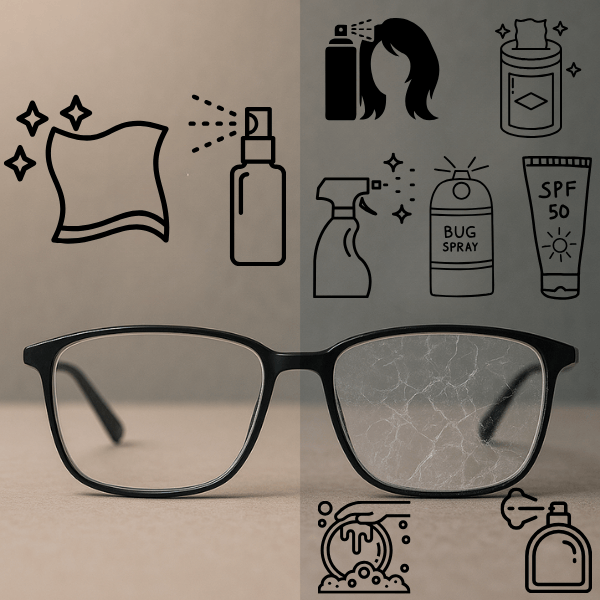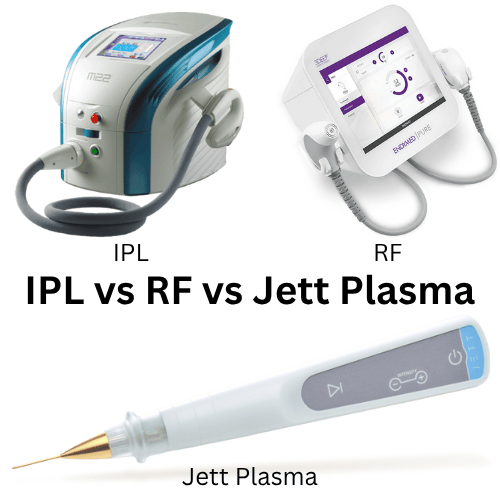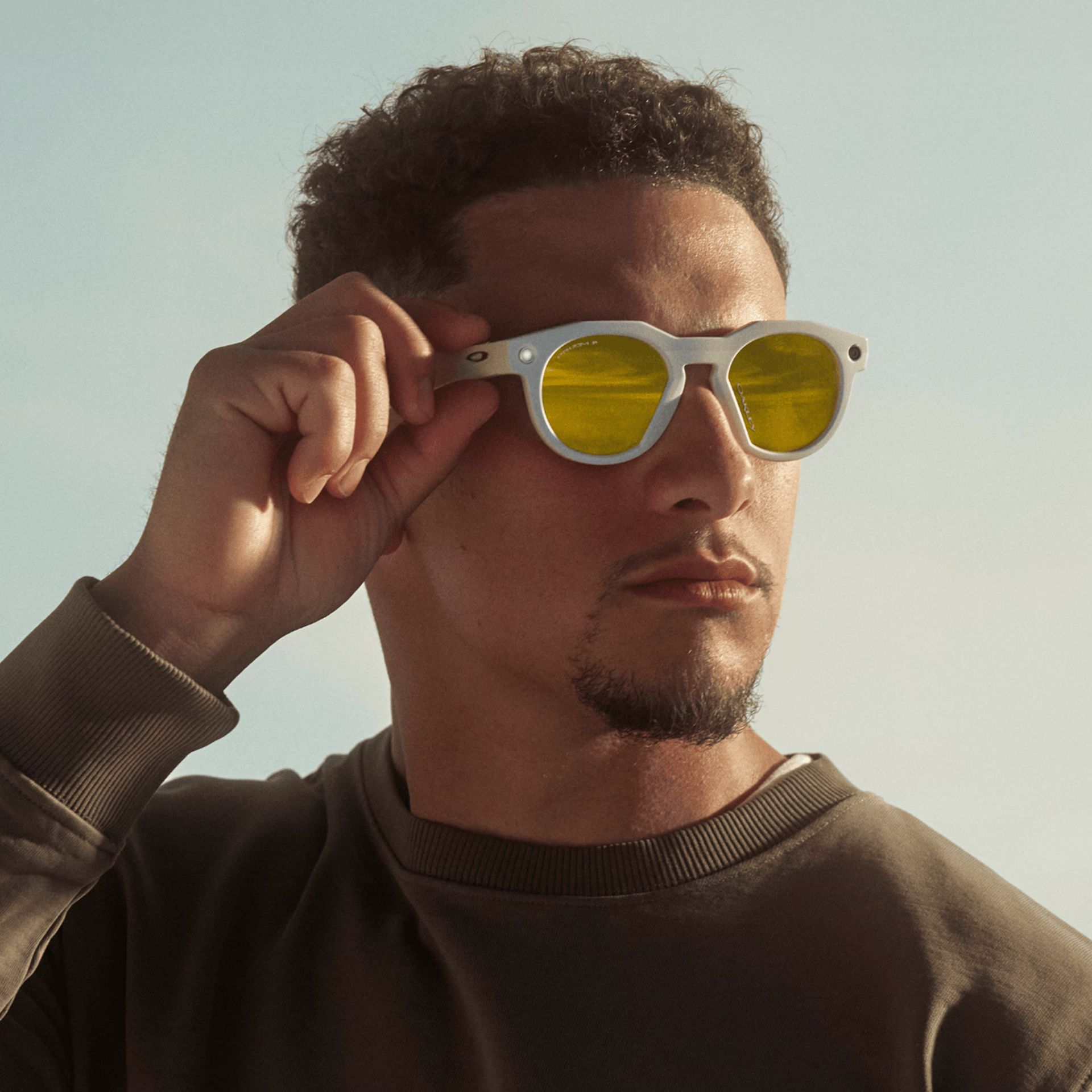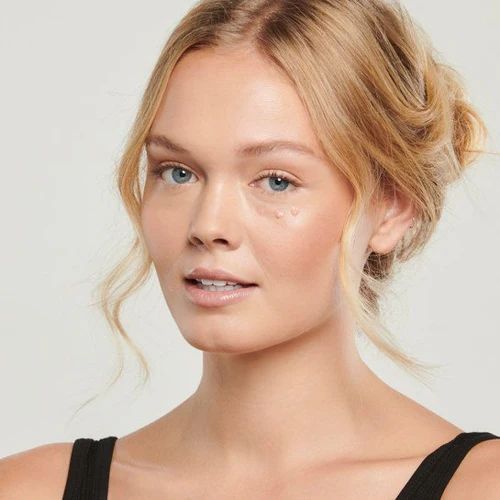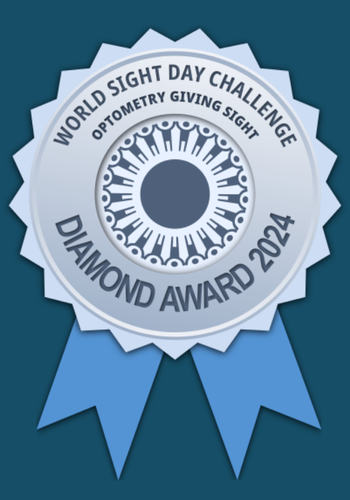Photochromic Lenses vs. Prescription Sunglasses: Which Is Right for You?
Choosing the right eyewear for sunny days isn’t always easy. Should you pick photochromic lenses that adjust to changing light, or go with prescription sunglasses for dedicated sun protection? In this article, we’ll compare both options in real-life scenarios to help you find the best fit for your lifestyle and eye health.
What Are Photochromic Lenses?
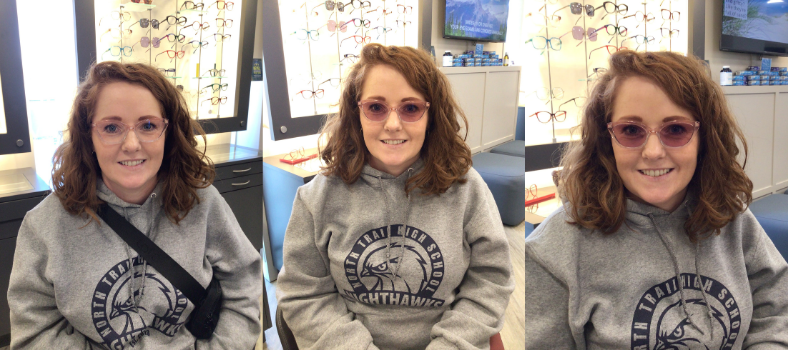
Photochromic lenses automatically adjust to changing natural light conditions. When exposed to UV rays outdoors, they darken to function like sunglasses. Indoors, they gradually return to a clear state.
Advantages of Photochromic Lenses:
- Convenience – No need to switch between regular glasses and sunglasses
- Built-in UV protection and glare reduction which helps reduce eye strain and long-term health risks
- Ideal for people who move frequently between indoor and outdoor settings
These lenses are especially convenient for errands, commuting, or working in environments with variable natural lighting.
What Are Prescription Sunglasses?

Prescription sunglasses combine your vision correction with sun protection in a single, stylish package. Unlike photochromic lenses, they stay consistently tinted and are available in a wide variety of tints, coatings, and styles.
Advantages of Prescription Sunglasses:
- Consistent and reliable sun protection
- Greater variety of lens colours and polarization options
- Ideal for driving, sports, and long periods outdoors
- Ability to customize fit and level of protection for your most frequent activities
Prescription sunglasses offer a polished look and immediate glare reduction without waiting for lenses to adjust.
Photochromic Lenses vs. Prescription Sunglasses
| Feature | Photochromic Lenses | Prescription Sunglasses |
|---|---|---|
| UV Protection | Strong UV protection, but may lack polarization | UV protection plus polarization options for superior glare reduction |
| Benefit | Good for general sun exposure | Clearer vision in bright, reflective environments |
| Convenience | Automatically adjust to light changes | Always tinted, no need to wait for activation |
| Benefit | Hands-free transitions between indoor and outdoor light | Immediate protection in all outdoor settings |
| Driving Performance | Will not fully darken behind car windshields | Provide consistent tint and full sun protection while driving |
| Benefit | Decent for occasional drives, but not ideal | Reliable comfort and vision on the road |
| Style & Customization | Limited tint and frame options; smaller everyday-style frames | Wide variety of lens tints, styles, and larger frames for more coverage |
| Benefit | Practical for daily wear with modest sun coverage | More control over your look and better, more customizable sun protection |
Which Option Is Right for You?
Choose Photochromic Lenses If:
- You’re often moving between indoors and outdoors
- You want an all-in-one pair of glasses and prefer not to carry multiple pairs
- You have, or are at risk for, cataracts, macular degeneration or other types of eye diseases affected by UV exposure
Choose Prescription Sunglasses If:
- You drive frequently
- You spend long periods of time outdoors
- You want full style and lens customization
- You prefer more control over the level of tint/darkness in your eyewear
- You value the precision, clarity, and sharpness of your vision in sunny outdoor environments
Many People Choose Both
Many people opt to have both: photochromic lenses for everyday convenience and peace of mind of having UV protection at all times, and prescription sunglasses for specific tasks like driving, skiing, or hiking.
The right eyewear can make your daily routine easier and your eyes more comfortable, whether you're walking the dog, commuting, or heading to the mountains. At Mountain View Optometry, we help you find the best eyewear to match your lifestyle, unique needs and demands. Book your eye exam today and get expert guidance from our trusted team.
FAQs:
Are photochromic lenses as dark as sunglasses?
Not always. They usually don’t get as dark as dedicated sunglasses, especially behind a car windshield.
Can I get polarized photochromic lenses?
Yes, we offer polarized photochromic lenses, currently available in grey.
Are prescription sunglasses worth it if I already have regular glasses?
Yes. For driving and outdoor activities, they offer immediate sun protection and improved comfort. They often provide better clarity of vision and glare reduction than photochromic lenses.
Are all photochromic lenses the same?
No, not all photochromic lenses perform the same. Some darken faster, get darker, or fade back to clear more quickly than others. This can vary depending on the brand, lens material, and specific technology used.
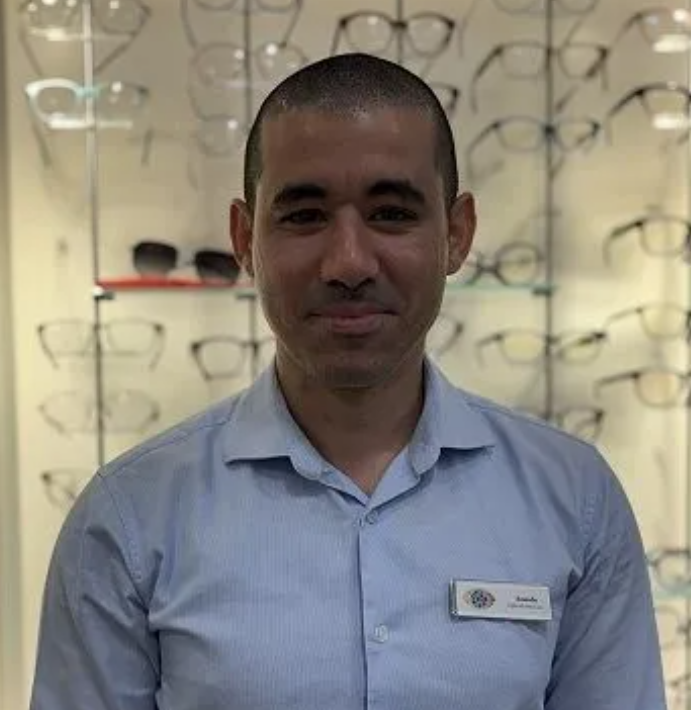
Written by Rosendo
About the Author:
Rosendo was born and raised in Havana, Cuba, where he began his professional journey studying Optometry and Optics. His career then took him to Dubai, where he worked in the optical field for two years as a Sales Associate. Now, he’s settled in Calgary and takes great pride in being a valued member of our Mountain View Optometry team as an Optical Associate.

